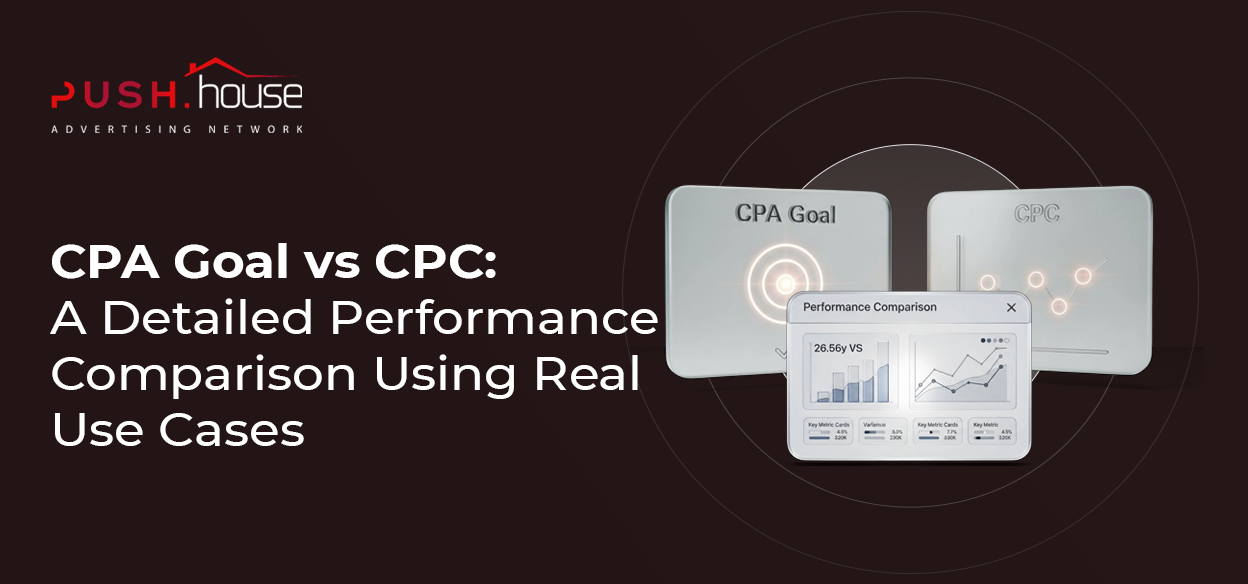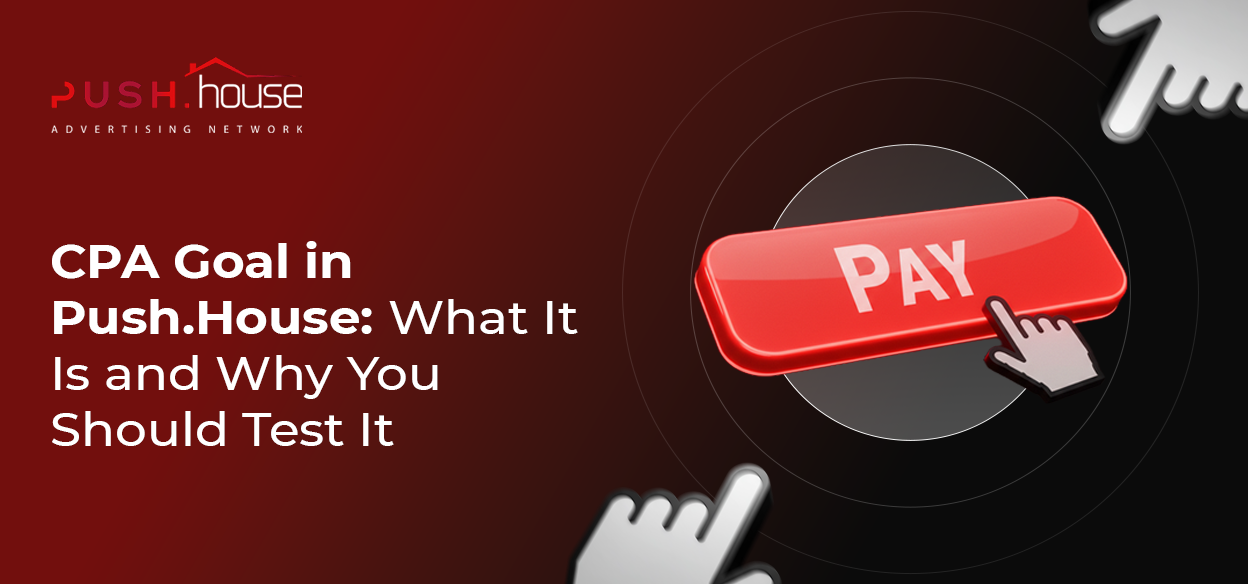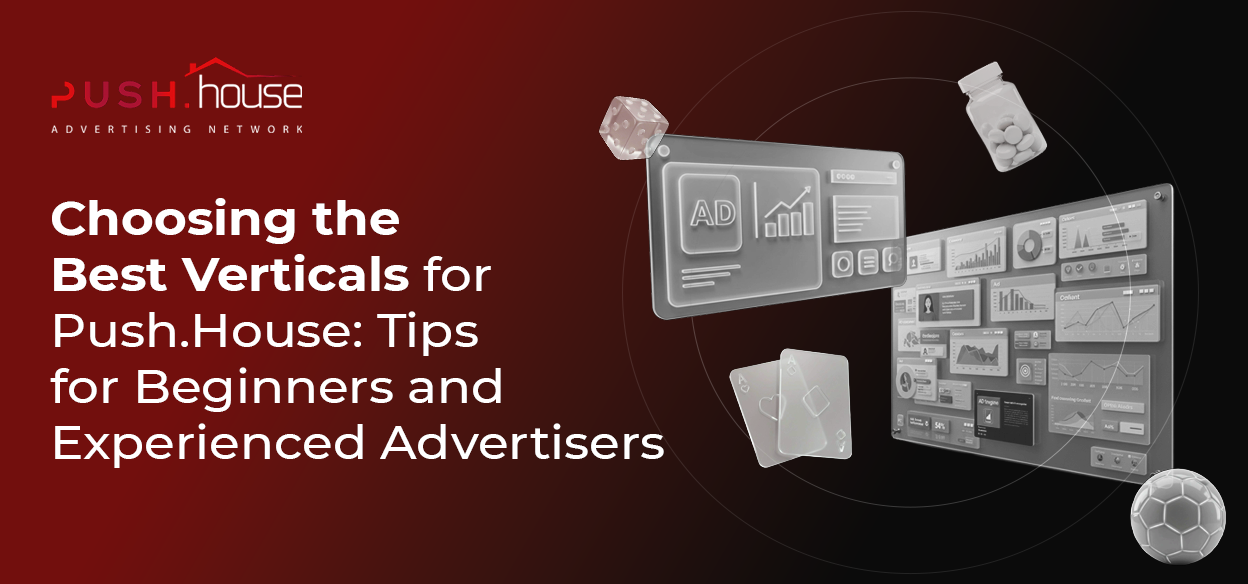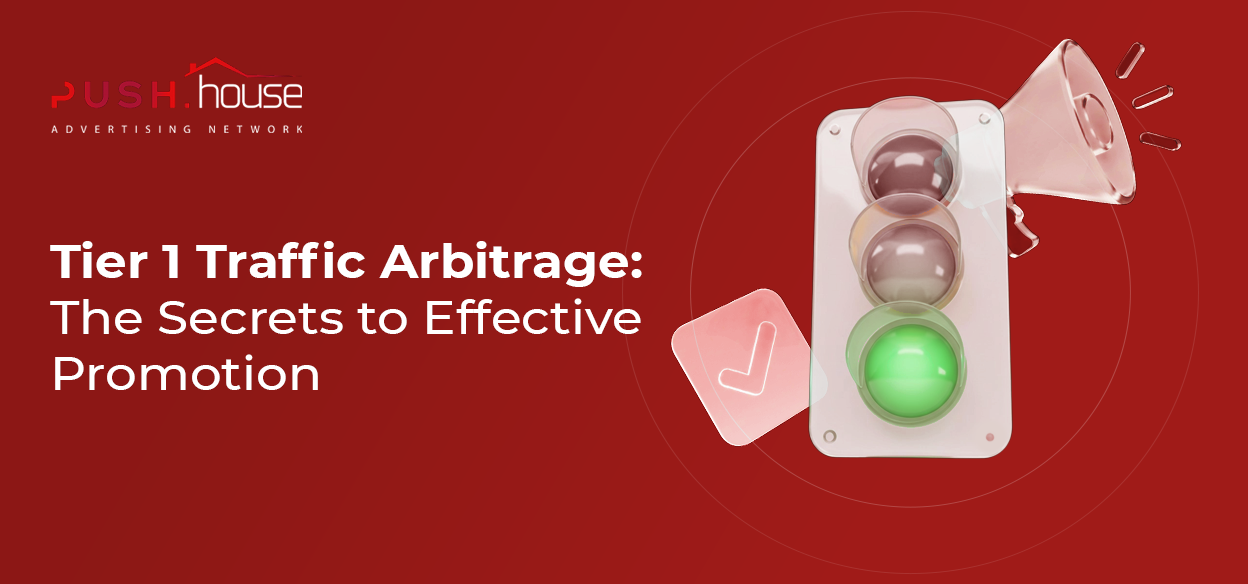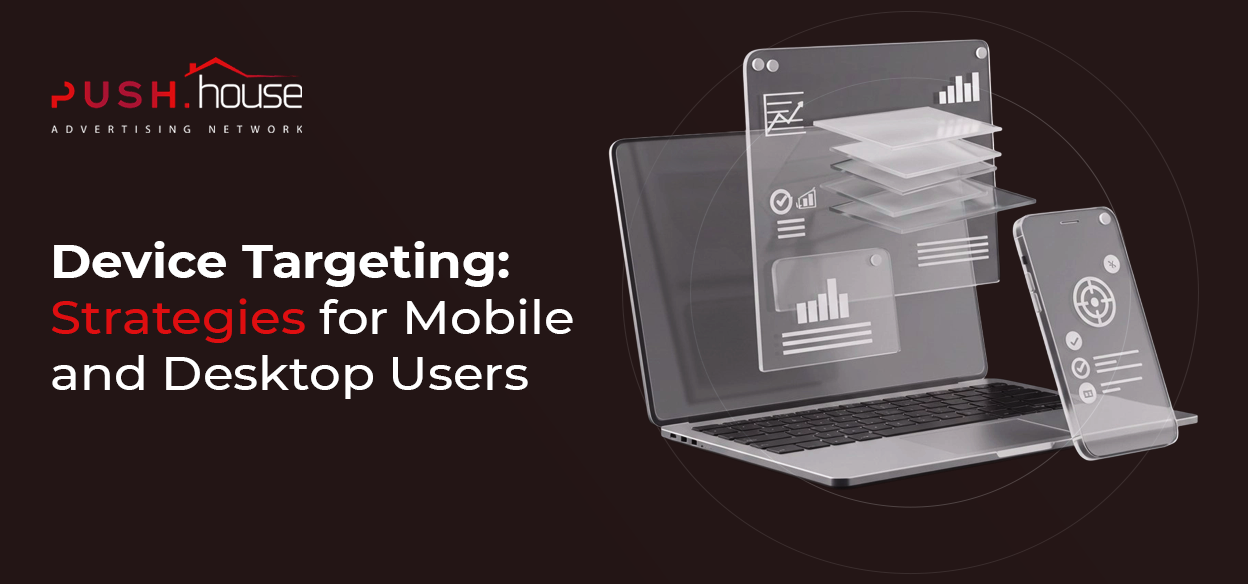
Device Targeting: Strategies for Mobile and Desktop Users
Hey! Push.House here
When it comes to push traffic, context is everything — and one of the biggest factors that affects performance is the user’s device. Mobile and desktop traffic are two different worlds. Different creatives, different offers, different funnels. In this article, we’ll cover:
- The differences between mobile and desktop users
- What kinds of offers perform best on each device type
- How to split your traffic smartly and stop wasting budget
Why Device Type Matters
Device targeting isn’t just another option in your ad dashboard — it’s a powerful performance lever. Here’s why:
📱 Mobile users tend to act on impulse, click fast, and hate filling out long forms.
🖥 Desktop users are more analytical, ready to read, compare, and dig deeper.
If you send a desktop-style landing page to someone on an old Android phone — they’ll bounce immediately. And on the flip side, a big red “Download Now” button might feel shady for a desktop user.
Mobile Traffic: Fast, Cheap, and Massive
Mobile traffic dominates in volume — especially in Tier 2 and Tier 3 GEOs. Around 90% of push affiliates focus on it, and here’s why:
Pros:
- Low CPC (30–50% cheaper than desktop on average)
- High engagement (users are always on their phones)
- Fast clicks and redirect
Cons:
- Limited screen space and inconvenience of filling out forms
- High bounce rates
- More junk traffic, especially in cheaper GEOs
Offers that work well:
- Utilities (VPNs, antivirus, battery savers)
- iGaming (if the landing is light and mobile-friendly)
- Sweepstakes and subscriptions
- Dating
Tips:
- Use versatile landings and big CTA buttons
- Minimize steps — go for “one-click” logic
- Prioritize Android over iOS (especially in Tier 3)
- Add timers and “live activity” widgets — they work
Desktop Traffic: Lower Volume, Higher Quality
Desktop traffic is a smaller slice of the pie — but often much more valuable, especially for complex verticals. The user behavior here is very different:
Pros:
- Higher trust in content
- Easier to read, compare, and fill out forms
- Better for registrations, B2B, finance
Cons:
- Higher CPC
- Lower volume
- Slower decision-making
What works best:
- Finance offers (loans, investments, crypto)
- Education and courses
- B2B tools, subscriptions, SaaS
- Gambling/betting in Tier 1 and high-trust GEOs
Tips:
- Focus on text and strong logical arguments
- Build trust: use reviews, guarantees, and brand assets
- Test long-form landings with comparisons or breakdowns
- Use pre-landings to warm up the user
How to Split Traffic by Device
Push.House allows precise device targeting. You can (and should) launch separate campaigns for each device type:
Campaign 1 – Mobile traffic only (e.g., Android 7.0+ in India)
Campaign 2 – Desktop traffic only (e.g., Windows 10+ in Germany)
This lets you:
- Customize creatives and landings per device
- Set different frequency caps and CPC bids
- Track performance separately and scale smarter
Conclusion
Device targeting isn’t just a setting — it’s a full-blown strategy. If you want to maximize ROI from push campaigns, split your traffic by device, tailor your creatives, test different flows, and speak directly to each type of user.
With Push.House, you can set your targeting by device type, OS, and even browser. Use that power to scale more efficiently and profitably. Good luck!



